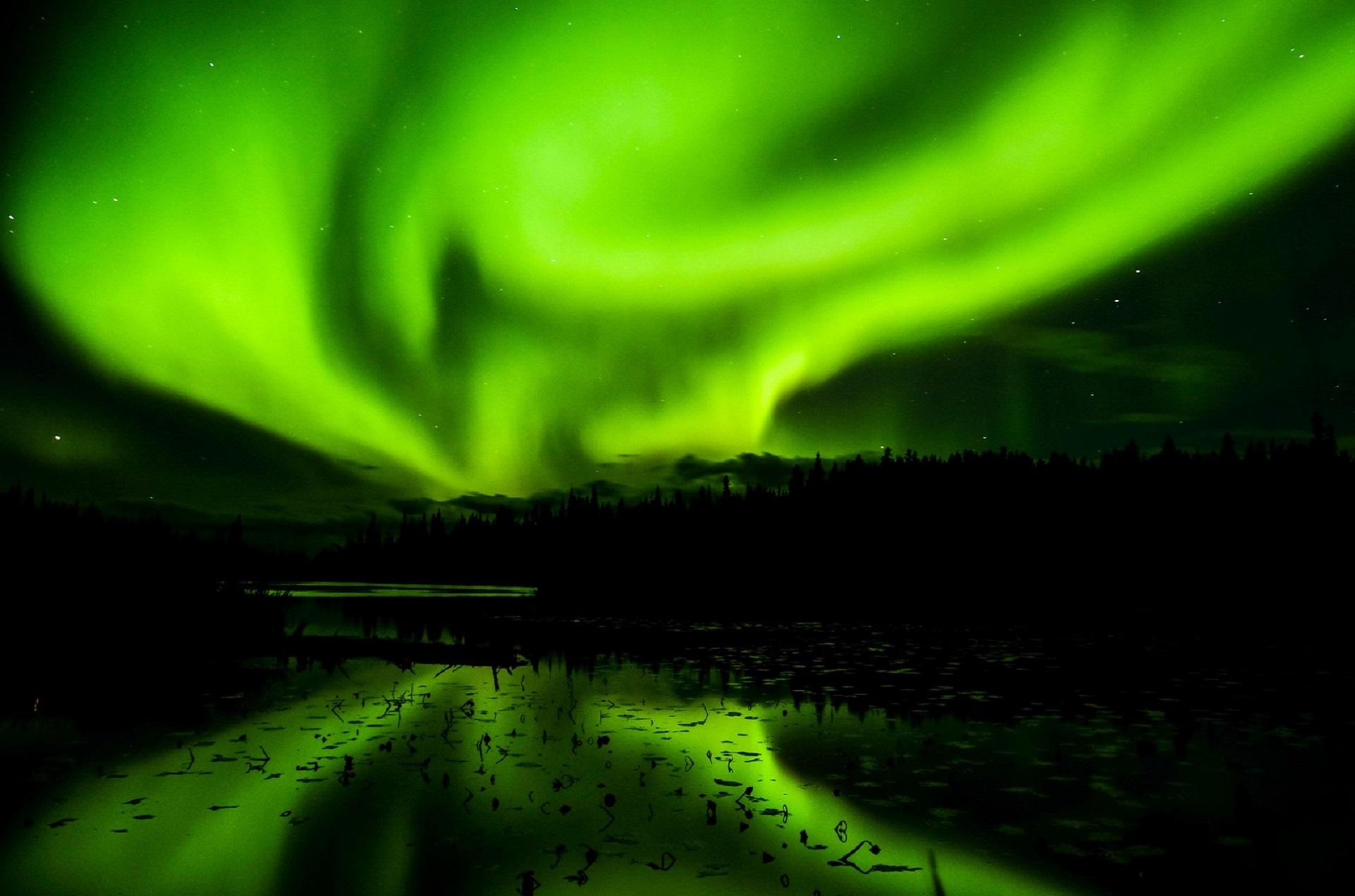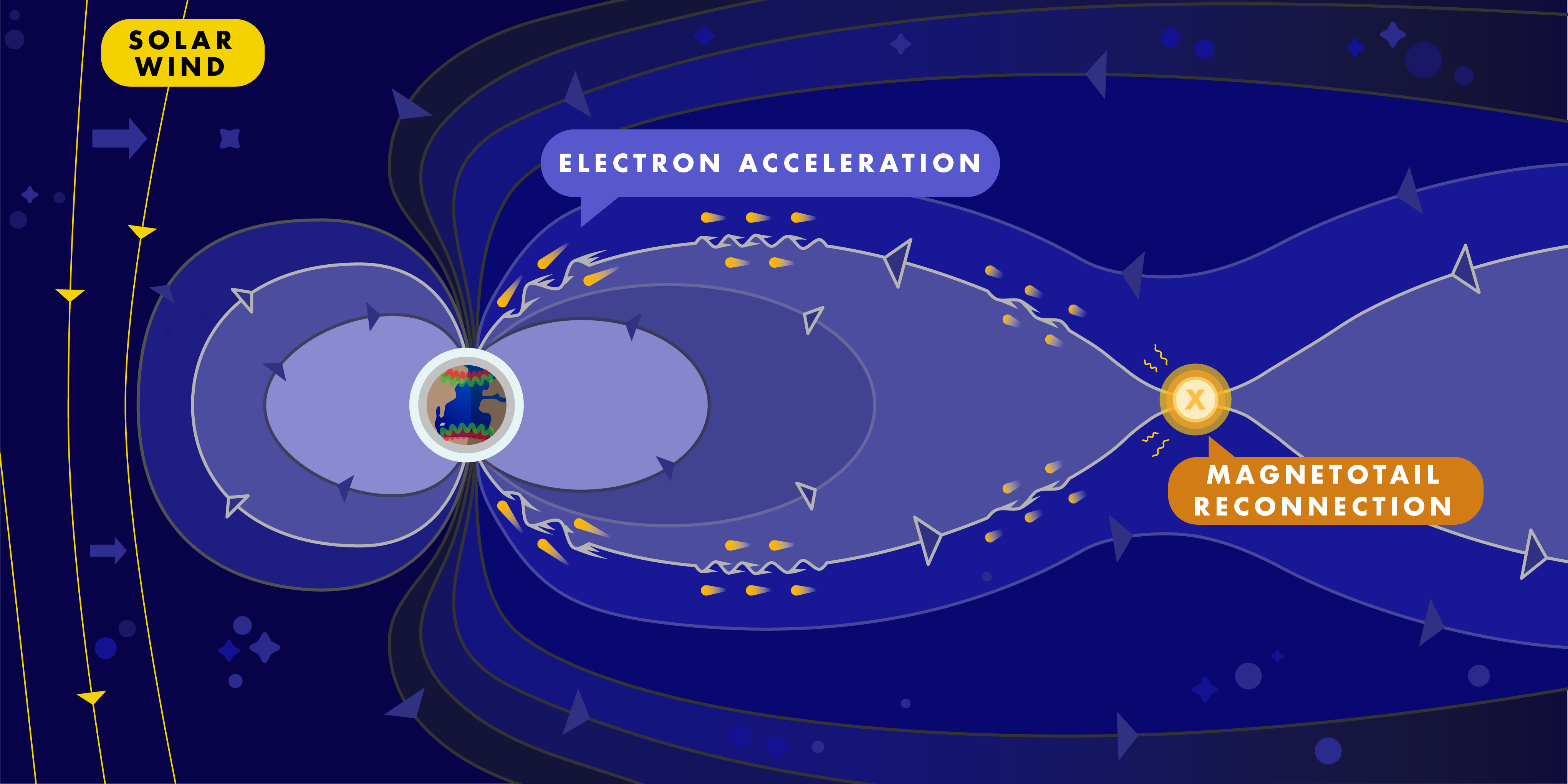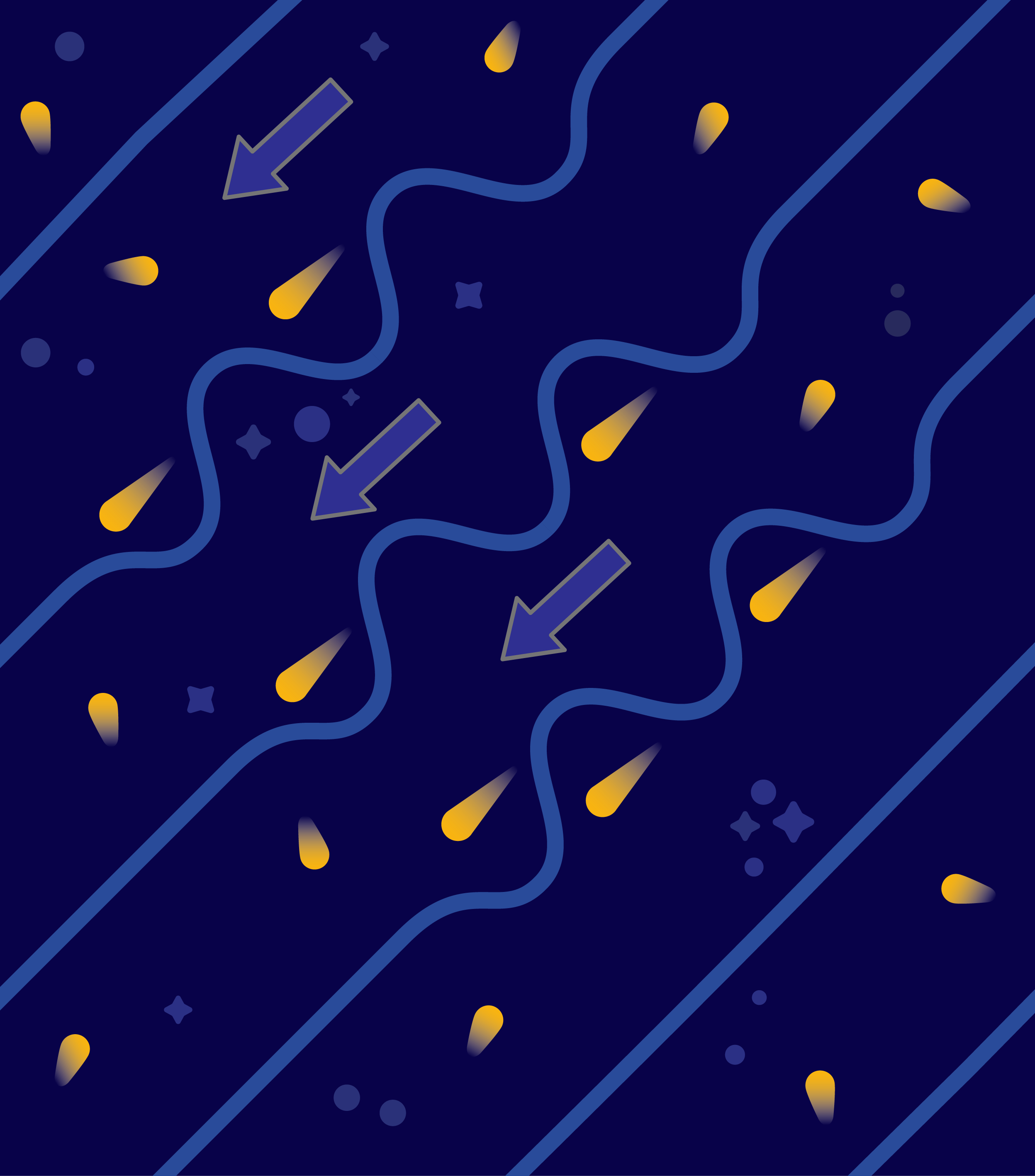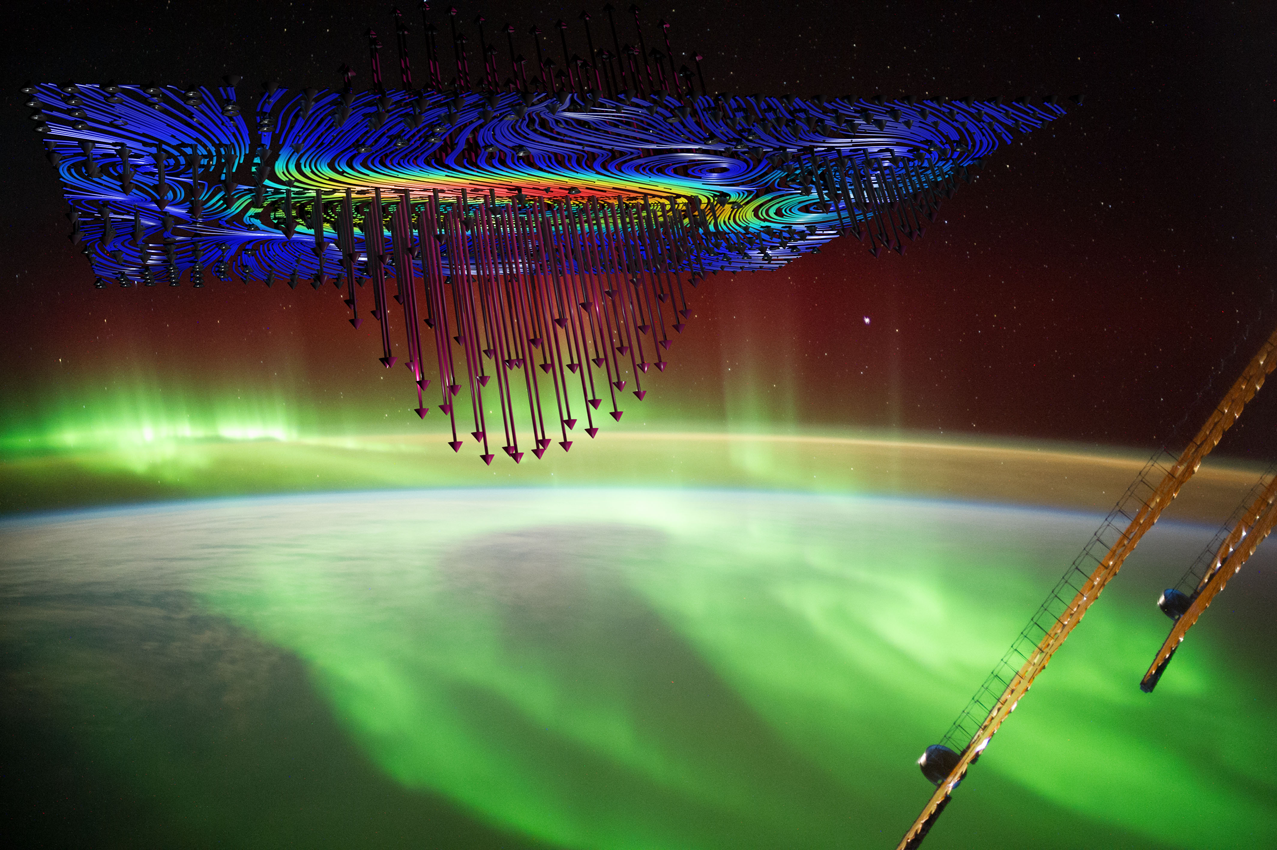Auroral Electron Acceleration
Here we describe the results in our recent paper in Nature Communications 12:3103 (2021),
Laboratory measurements of the physics of auroral electron acceleration by Alfven waves
The paper has also been featured as an Editor's Highlight for Nature Communications in the research area of “Astronomy and Planetary Science.”
Scientific Background

The shimmering displays of the aurora borealis have always fascinated humankind, with descriptions of the aurora first appearing thousands of years ago in ancient Greek and Chinese texts. The mystery of these shimmering auroral curtains spawned fear and superstition until early scientists began to discover evidence suggesting a connection between solar flares, the Earth's magnetic field, and the appearance of the aurora. At the turn of the 20th century, the Norwegian physicist Kristian Birkeland first concluded, after a several scientific expeditions to northern Norway, that there was a direct connection between electrical currents flowing along the Earth's magnetic field and aurora events.
Today, we know that energetic particles (for example, electrons moving at around 20,000 km/s, or 45 million mph) precipitate down along Earth's magnetic field lines into the upper atmosphere and collide with oxygen and nitrogen atoms and molecules, kicking them into an excited state. These collisionally excited atoms and molecules relax by emitting light, leading to the beautiful green and red hues of the aurora. What is not fully understood is exactly how these precipitating particles are accelerated from space down towards the Earth. It is suggested that the various manifestations of the aurora---from a diffuse glow, to faint arcs, to bright shimmering arcs---are caused by precipitating particles which originate from different regions and are accelerated by different mechanisms. The chain of events leading to discrete auroral arcs---the most widely known type of the aurora, which appears as bright and undulating curtains of light---begins with violent events on the Sun that strongly disturb the flow of the solar wind through the solar system and trigger geomagnetic storms at the Earth. Such geomagnetic storms are accompanied by some of the most intense auroral displays. Scientists have suggested that these discrete auroral arcs are primarily caused by the acceleration of electrons Earthward by Alfven waves.
The Earth's intrinsically dipolar magnetic field is stretched out by the supersonically flowing solar wind, distorting it from a toriod (or donut shape) into a long, tear-drop shaped magnetic field with an elongated magnetotail stretching nearly two hundred Earth radii (1.2 million kilometers, or 800,000 miles) away from the Sun. During geomagnetic storms, oppositely directed magnetic field lines emerging from Earth's southern and northern hemispheres can be pushed together in the distant magnetotail, breaking and reforming in a process called magnetic reconnection. The tension in the loops of reconnected magnetic field leads to those field lines snapping back toward the Earth, like a stretched rubber band that is suddenly released. This rebounding of the magnetic field launches Alfven waves that travel along the Earth's magnetic field. The field lines that pass through the region of reconnection, typically about 20 Earth radii (120,000 km, or 80,000 mi) away from the Earth, connect to the polar regions, over the range from 60 to 75 degrees northern and southern latitude.


As the Alfven waves travel from the distant magnetotail toward the Earth, the increasing strength of the Earth's magnetic field causes those waves to accelerate from typical speeds of 5,000 km/s (or about 10 million mph) up to nearly 35,000 km/s (nearly 80 million mph). Over the same distances, the temperature of the electrons trapped within the Earth's magnetosphere decreases from the hot electrons with 2000~electron-Volt (eV) energies (around 23 million degrees Celsius) in the distant magnetotail to the cool 1~eV (around 11 thousand degrees Celsius) electrons in the ionosphere. The corresponding typical thermal speeds of those electrons decreases from the hot electron thermal speeds of around 28,000 km/s (around 60 million mph) down to the cool electron thermal speeds of around 600 km/s (or around 1 million mph). At altitudes below about three Earth radii (20,000 km, or 12,000 mi), where Alfven wave speed exceeds the electron thermal velocity, electrons moving in the same direction as the Alfven wave can be efficiently accelerated by the wave to higher speeds. These electrons effectively surf on the electric field of the Alfven wave, gaining speed through a mechanism known as Landau damping, in which the energy of the wave is transferred to the accelerated electrons, a process first discovered theoretically by the brilliant Soviet physicist Lev Landau in 1946.


Ultimately, the electrons surfing on the Alfven waves can be accelerated up to speeds of 20,000 km/s (or 45 million mph). As these accelerated electrons stream down along the Earth's magnetic field, they eventually encounter the thin air of the upper atmosphere, where they collide primarily with oxygen and nitrogen atoms and molecules. The impact on those atoms and molecules kicks some of their electrons into an excited state. Those excited atoms and molecules eventually relax by falling into their usual ground state, emitting a photon of light in the process. From excited oxygen atoms at 100 to 200 km in altitude (60 to 120 mi), the light emitted is typically green or yellow, whereas at altitudes above 200 km (120 mi) the emitted light is more often red.
In summary, the dynamics of geomagnetic storms drive magnetic reconnection in the distant magnetotail, around 120,000 km (or 80,000 mi) away from the Earth. The resulting shifting of the Earth's magnetic field lines launches Alfven waves towards the Earth. Electrons surfing along those Alfven waves accelerate towards the Earth, up to speeds of 20,000 km/s (or 45 million mph), ultimately colliding with the Earth's atmosphere. These collisions cause the air atoms and molecules to emit light, resulting in the glowing of the aurora. Because the regions of magnetic reconnection shift over time during the geomagnetic storm, the Alfven waves are launched on different field lines over time, ultimately leading to the unparalleled beauty of the undulating curtains of light observed in discrete auroral arcs.